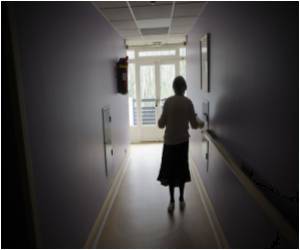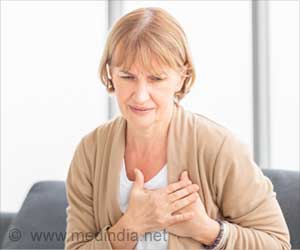Postmenopausal women with osteoarthritis face a higher risk of bone fractures, falls than those without disease, finds research.

Although patients with OA have increased bone mass, there is no evidence that they have fewer fractures. And, researchers from the Hospital del Mar/IMIM in Spain and from the University of Oxford (United Kingdom), alongside investigators from nine other participating countries, recently set out to discover if there is an association between OA and risk of falls and fractures in postmenopausal women.
"Current knowledge suggests that patients with osteoarthritis have bigger bones, but this does not protect against fractures. According to our results, bigger bones might increase the risk of falling, joint pain and malfunction - leading to abnormal walking and body movement," says Daniel Prieto-Alhambra, MD, MSC, PhD; post-doctoral research fellow at the Hospital del Mar and Municipal Institute of Medical Research in Spain and lead investigator of the study. "Women who have fractures experience poor quality of life, and are at increased risk of dying compared with the general population. As both osteoarthritis and fractures are very common in the elderly, finding an association between the two is relevant."
Dr. Prieto-Alhambra''s team, in collaboration with the Global Longitudinal Study of Osteoporosis in Women investigators and the Center for Outcomes Research (University of Massachusetts), studied 60,393 women aged 55 years or older. Participants were selected using information from GLOW, which is an international yearly survey conducted for the past three years in a population of women from several countries, including the United States, Canada, Australia, United Kingdom, Spain and others.
At the beginning of the study, patients were mailed a questionnaire and asked to report if a doctor had ever diagnosed them with osteoarthritis or degenerative joint disease. Patients were also asked to report new falls and fractures. Based on questionnaire responses, patients were classified into two groups − having OA and not having it. An annual follow-up questionnaire was sent during a three-year period. The risk of fracture for both groups was then calculated using standard mathematical methods, and the difference in risk was accordingly estimated. Participants that failed to report OA and fracture information at the beginning of the study, and women with celiac disease or rheumatoid arthritis, were excluded.
Among the 51,386 women who responded to the annual questionnaires, 40 percent had osteoarthritis. Women with OA had a 20 percent higher risk of fracture, and experienced almost 30 percent more falls than those without OA. After measuring and adjusting for the existing differences between both groups at the beginning of the study, the increase in falls and fractures for osteoarthritis patients remained significant.
Advertisement
The American College of Rheumatology is an international professional medical society that represents more than 8,000 rheumatologists and rheumatology health professionals around the world. Its mission is to advance rheumatology. The ACR/ARHP Annual Scientific Meeting is the premier meeting in rheumatology.
Advertisement










